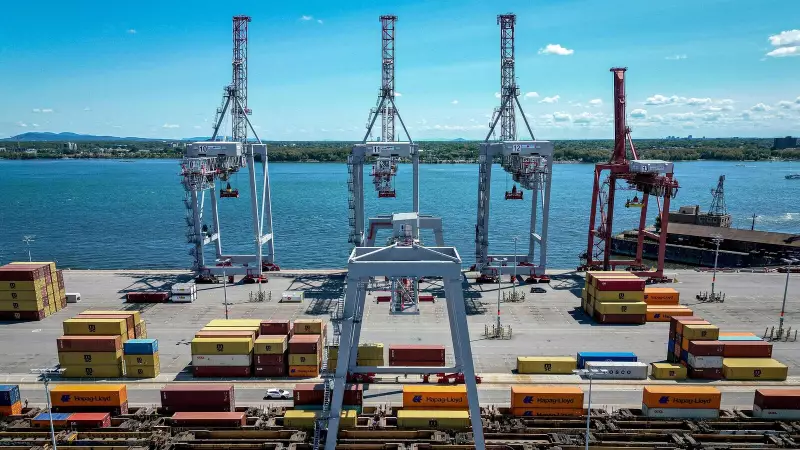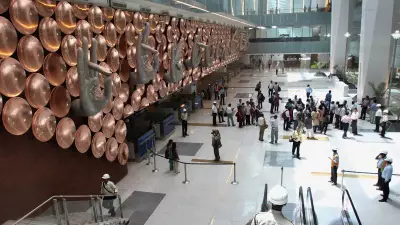
Indian exporters are facing significant headwinds as shipments to the United States witnessed a dramatic 37.5% decline over the first five months of 2024, according to recent trade data analysis. The steep drop comes amid the implementation of 50% tariffs by the Trump administration, creating substantial challenges for key Indian export sectors.
Sector-Wise Impact: The Biggest Losers
The tariff measures have disproportionately affected several critical Indian export categories:
- Smartphone Exports: Once a booming sector, smartphone shipments to the US market have experienced the most severe contraction, with manufacturers struggling to absorb the additional tariff costs.
- Pharmaceutical Products: India's renowned pharmaceutical industry, particularly generic drug manufacturers, has faced substantial setbacks in accessing the American healthcare market.
- Other Manufacturing: Various manufactured goods and industrial products have also seen reduced competitiveness in the US market due to the new tariff structure.
The Trump Tariff Effect
The 50% tariffs imposed by the Trump administration represent one of the most significant trade barriers Indian exporters have faced in recent years. These measures have fundamentally altered the cost dynamics for Indian goods entering the United States, forcing many companies to reconsider their export strategies and market focus.
Economic Implications for India
The export decline carries substantial economic consequences:
- Trade Balance Pressure: The reduced exports contribute to widening India's trade deficit with the United States.
- Manufacturing Sector Strain: Export-oriented manufacturing units face production cuts and potential job losses.
- Currency Impact: Reduced dollar inflows could exert pressure on the Indian rupee's stability.
- Supply Chain Realignments: Companies are exploring alternative markets and supply chain configurations.
Industry Response and Adaptation Strategies
Indian exporters and industry bodies are actively responding to these challenges through multiple approaches:
- Market Diversification: Exploring increased exports to European, African, and Asian markets to reduce US dependency.
- Product Innovation: Focusing on higher-value products that can better absorb tariff costs.
- Cost Optimization: Implementing efficiency measures across manufacturing and supply chain operations.
- Trade Diplomacy: Engaging in government-level discussions to seek tariff relief or exemptions.
Future Outlook and Recovery Prospects
While the immediate outlook appears challenging, industry experts suggest several factors could influence recovery:
The ongoing trade negotiations between Indian and US officials could potentially lead to modified tariff arrangements. Additionally, India's growing domestic market and increasing exports to other regions might partially offset the US market losses.
However, most analysts agree that the fundamental shift in US trade policy requires long-term strategic adjustments from Indian exporters rather than temporary fixes. The coming months will be crucial in determining whether Indian industries can successfully adapt to this new trade reality or if further contraction is inevitable.





